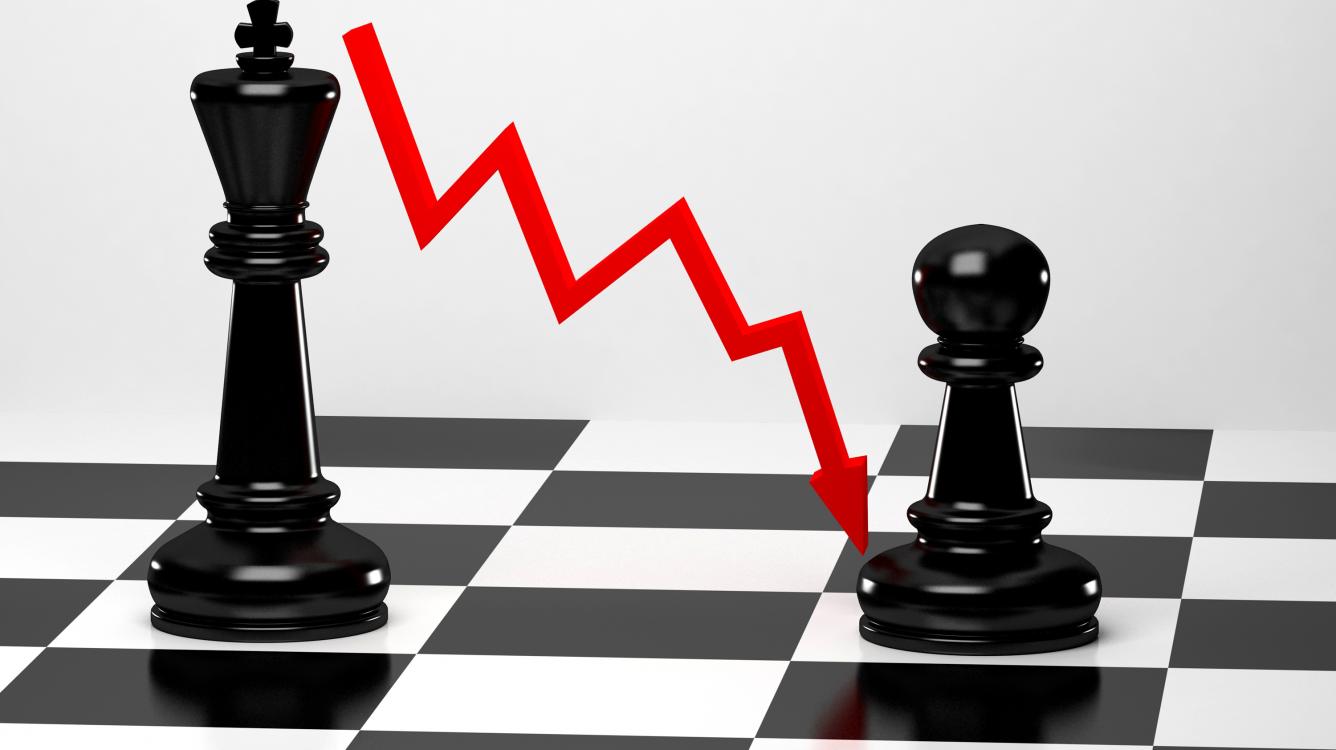
14 Amazing World Championship Blunders, Part 3
Before we continue our "hit parade" of blunders, I'd like to thank our readers (and especially FritsFritschy) for their active participation in our discussion about the historic "blunder" in the first game of the Spassky-Fischer match that we analyzed in the previous installment of this series.
7.
The following blunder was very painful, because White had a winning position previously in the game. But the decisive mistake was also very instructive since it appeared in dozens of books on chess tactics!
It wasn't that easy for Korchnoi to find a correct move in a time trouble, especially since 39. h3 or 39.h4 would also lead to a checkmate!

The only correct way to continue was 39. g3 or even 39.g4, but the win was already missed earlier...
Gary Kasparov is definitely one of the best players in chess history, and yet the next game shows that he is also just a human...
6.
This is a very bizarre blunder on Kasparov's part. When he played 37...Ra1?? did he really expect that Karpov was going to fall into the childish trap (38. Rxa1?? Qxg4 checkmate)?
If not, then what move did he expect Karpov to play?
By the way, another way for Karpov to avoid the trap: playing 38. Qc4+ followed by Rxa1 would win instantly, too.
Some would argue that Kasparov was in time trouble. I would disagree.
First of all, Kasparov, according to his own book, had two minutes left when he resigned. I was a student of the Botvinnik-Kasparov school and had a privilege to analyze with Kasparov on many occasions.
Believe me, Kasparov could see in two minutes more than many of us would see in an hour!
Also look at the following video, around 2:45. It doesn't look like he played his move instantly, so it is probably the strangest blunder in his whole career!
Can you make a blunder without playing any move?
Yes you can! Look at the next diagram and guess why the result shows 1:0.
5.
Yes, Black has a huge advantage and yet White won! For our younger readers who might think that Botvinnik was forfeited when his cell phone rang, I have to point out that the year is 1958!
Here is Botvinnik's explanation from his book about the match:
"It is clear that after 55. ... f5 56.Kf2 Kf6 57. Bf3 Be8 Black's two active bishops, centralised king and pawn majority on the kingside give him every chance of a win. Here I was absorbed by the question: how can Black more quickly win a piece -- by creating a passed pawn after ...g6-g5-g4, on the h-file or the f-file? It seems that an f-pawn is stronger since the queening square at f1 can then be controlled via both the a6-f1 and h3-f1 diagonals. As I sat there, absorbed in these thoughts, great was my astonishment when the chief arbiter Stahlberg came over to our table and announced that Black had lost on time. Having 2-3 minutes for a couple of moves, I had simply forgotten all about the clock and had exceeded the time limit ..."
Stay tuned, as the most outrageous blunder in the whole history of the world championships will be revealed next week!
RELATED STUDY MATERIAL
- Check out GM Serper's last article: The 14 Most Amazing World Championship Blunders (Part 2)
- Watch IM Daniel Rensch's video: Live Sessions: The Blunder That Never Was!
- Check out Bogo's blunder in the Chess Mentor.
- Avoid blunders by practicing with the Tactics Trainer.
- Looking for articles with deeper analysis? Try our magazine: The Master's Bulletin.



